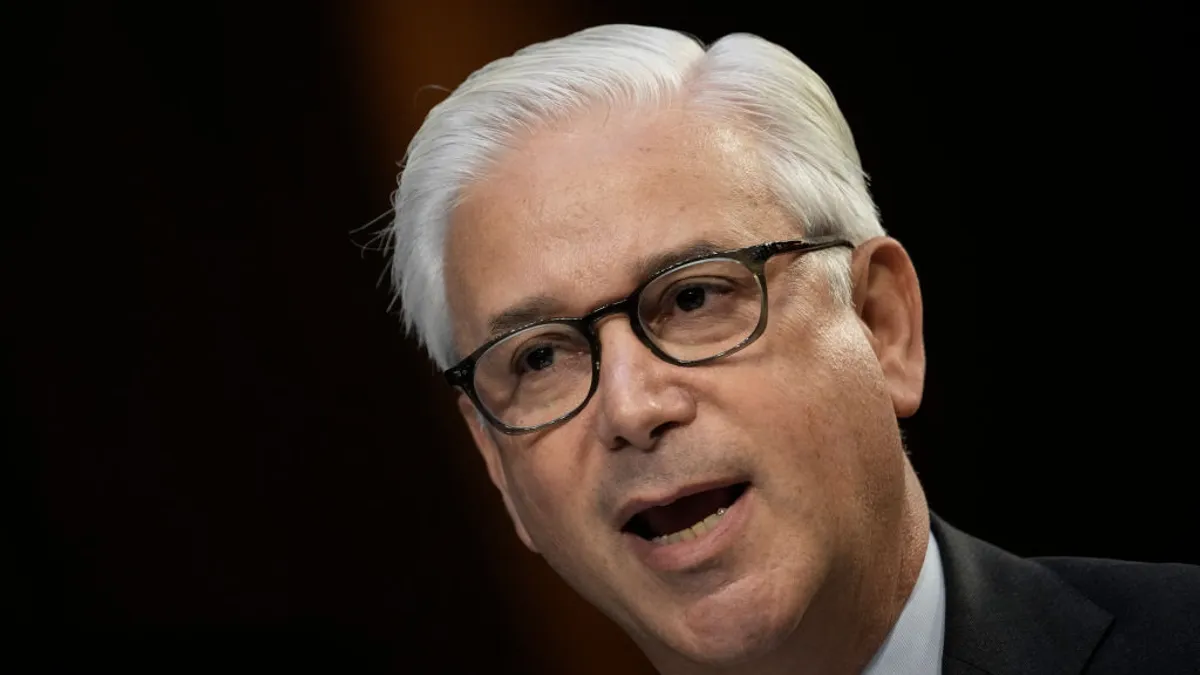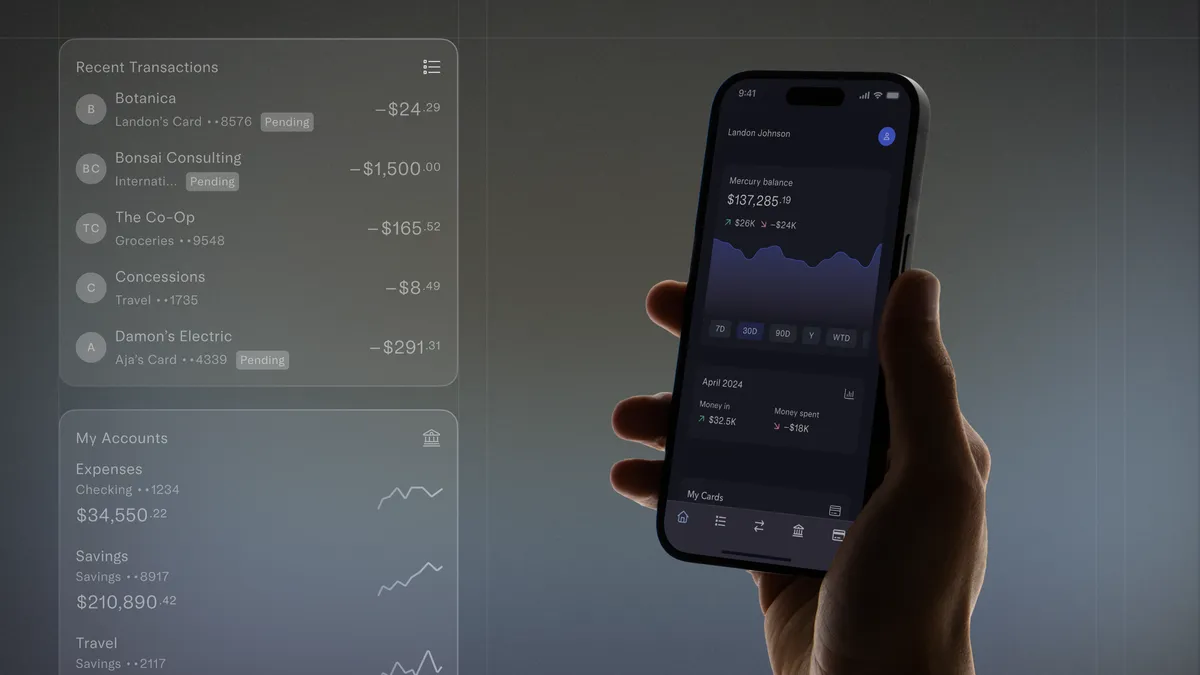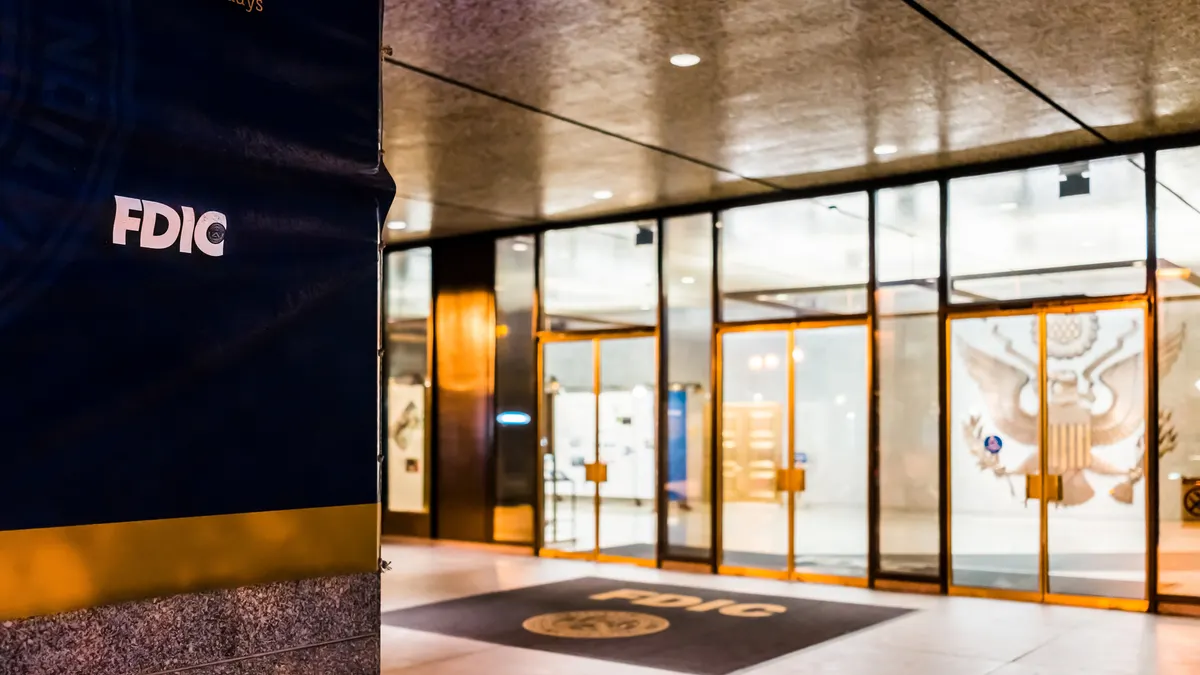As if bankers needed another reminder that it’s not 2022 anymore. Citi last week said it would close its office in Málaga, Spain.
“Our primary Spanish location is Madrid, where we employ more than 220 people who are not impacted by this action,” the bank told Bloomberg and the Financial Times in a statement. “Unfortunately, this decision means that six of our colleagues in Málaga will be leaving the firm, and we will provide support to them during this process.”
Citi established the Costa del Sol outpost in 2022 to draw junior bankers who sought an alternative to the 70-hour (100 or more in busy stretches) workweeks they could expect in London or New York. Staff in Málaga, by contrast, could work eight-hour days and no weekends. The catch? Starting salaries were around half the low-six-figure pay that bankers could expect in busier hubs.
That didn’t curb interest. The Málaga office employed 27 bankers chosen from a pool of 3,000. “Many colleagues” based in Málaga will relocate to jobs in London and Paris, Citi noted last week.
The bank is closing the Spanish office as part of its strategy to “simplify the firm and make improvements to how we operate.”
Translation: Freewheeling 2022 lost out to austere 2023. That’s the year Citi announced a massive reorganization, wherein the bank trimmed several layers of management and aims to cut 20,000 employees in all by 2026.
At the same time, it’s exiting more than a dozen foreign retail-banking markets. However, Citi last week reiterated its commitment to Spain.
“Citi continues our strategic growth in Spain with a strong presence in our core business lines, which include investment banking, wealth and markets,” the bank said in a statement.
The office closure isn’t the only move in the banking sphere to indicate that 2022 is memoria non grata.
Overdraft walk-backs
The Senate and House in recent weeks voted to overturn a Consumer Financial Protection Bureau final rule that would cap at $5 the overdraft fee that banks and credit unions with more than $10 billion in assets can charge (among a couple of other choices).
Advocates of an overdraft cap argue the fee takes critical money away from customers. But cap opponents assert that customers are aware of the charge and figure it in as the cost of a safety net.
“When you start capping this fee structure … you start eliminating the possibility of people working paycheck to paycheck to make the decision to continue to use their resources in the most effective way,” Senate Banking Committee Chair Tim Scott, R-SC, said in March. “To do the right thing for the working class is to give them all the options and let them decide. Trust them with their own resources.”
There’s the rub: The overdraft argument is about choice. Banks, en masse, took steps to either reduce the amount charged when customers overdrew their accounts (KeyBank, Huntington, Bank of America). Or they eliminated nonsufficient funds fees (Wells Fargo, PNC, Citizens). Or they eliminated overdraft fees altogether (Citi, Capital One, Ally).
But banks chose those sacrifices in 2022 because market conditions made them a safe bet.
The CFPB overdraft cap, circa 2025, offers choices, too. Banks can choose a blanket $5 charge per overdraft; set a fee that’s equal to their costs and losses from offering overdraft protection; or continue charging overdraft fees at current rates as long as those lenders give customers notifications similar to those associated with credit cards.
But all of those ideas seem to stem from a regulator (and an unpopular one, at that). Maybe banks would feel more agency if at least one option was self-generated (apart from doing the math on costs and losses).
Return to office
As with earlier in the decade, banks that offer perks – overdraft protection at whatever penalty or the choice to work at a sunny outpost in Spain – do so because they see an advantage in it.
Likewise, they can take perks away when they no longer see an advantage in it. BNY on Wednesday told employees it would require them to work in-office four days a week starting in September.
The return-to-office push is hardly new. Goldman Sachs and JPMorgan Chase were advocating for full returns in 2021. But this latest move is indicative that the pendulum is swinging further away from the first half of the decade.
There are outliers. Citi in January reiterated its pledge to maintain a hybrid schedule – two days remote – for most employees. CEO Jane Fraser could be counted as a hybrid-work pioneer, having advocated for that setup since 2021.
Citi has used that model, along with perks such as the Málaga office and increased starting pay for junior bankers, to attract talent for years.
Junior banker working conditions
Much like the systemic overdraft cuts of 2022, the brinkmanship of junior banker salaries in 2021 arose because the market allowed it, in response to a viral presentation 13 Goldman Sachs junior bankers made to their supervisors, claiming an “inhumane” workload.
But everything old is new again. Last month, a post about working conditions for industrials bankers at Chicago-based Robert W. Baird went viral after junior bankers claimed that their reward for a spate of 110-hour workweeks was a meeting at which their managers said the juniors should work more efficiently.
“As an analyst and associate, you are treated as scum,” the post’s anonymous author wrote, according to The Wall Street Journal.
So maybe it’s not that the banking sphere is using 2025 to bid adieu to 2022. It may be reintroducing itself to 2021.






















